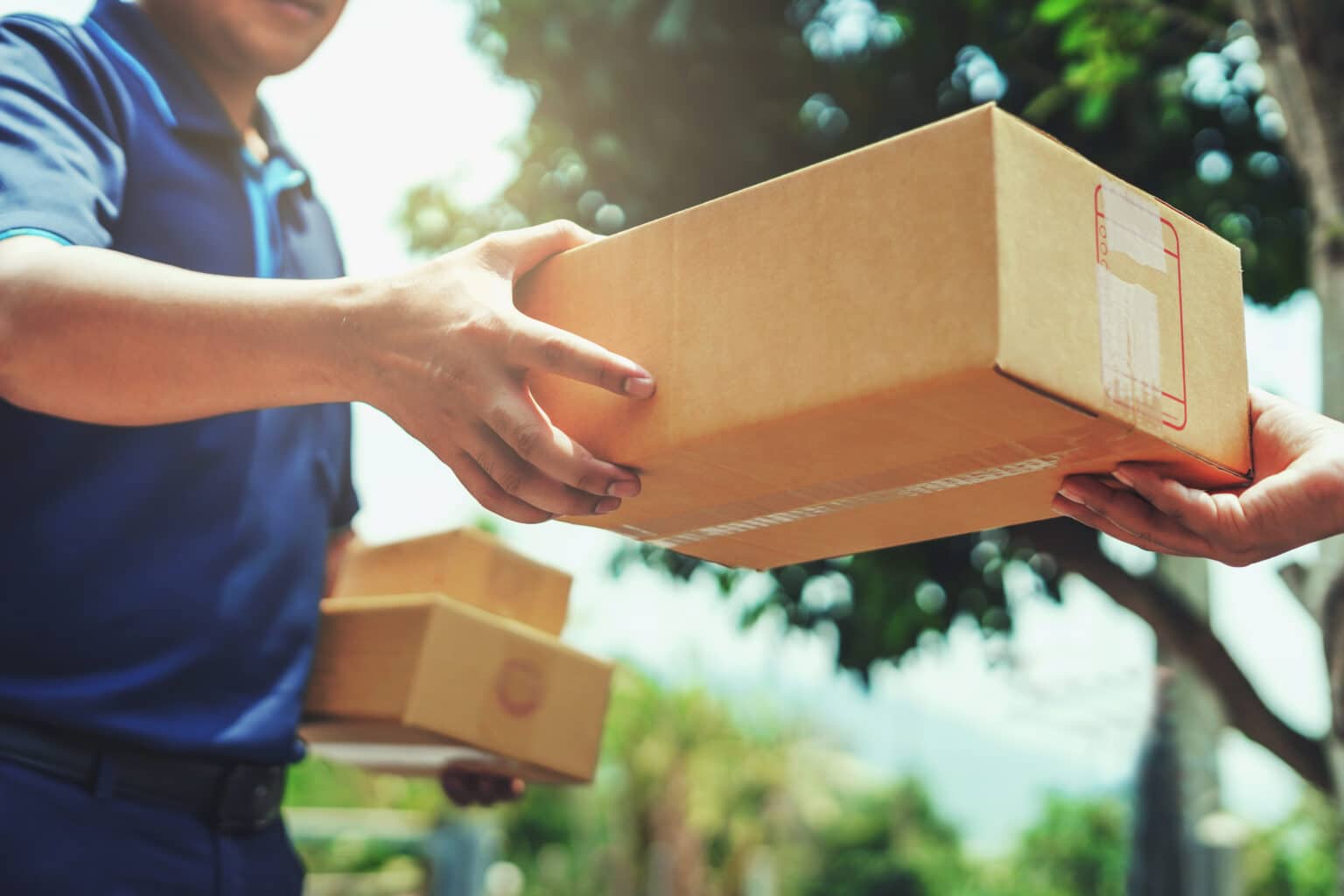EXCLUSIVE: Loss prevention and security in e-commerce


Victoria Rees
Share this content
Anderson Fagundes da Silva, CBCP, PFSO, Head of Loss Prevention Transportation MLB, Mercado Livre examines the challenges presented after the “purchase completed” click.
If you believe that the only way to increase your online sales platform’s profits is to sell more, I’m sorry to inform you, but that’s not true! After the message that appears to the buyer saying “purchase completed”, there are an abundance of processes that require completion to guarantee the integrity and delivery of the product.
Therefore, loss prevention and security in e-commerce is as important as sales volume when it comes to improving revenue, because if vulnerabilities exist, they can add to the business risks.
In traditional retail, the customer goes to a physical store, chooses their product, then pays and leaves with the product completely whole and intact. There is even a legal guarantee that the customer leaves with, in case the product shows any defect.
In this more “traditional” model, loss prevention processes are intrinsically linked to the security of moving products to the physical store and protecting these products in their entirety, until a customer comes to purchase them. In general, in this model, any previous impacts on the completeness of the product don’t impact the final consumer, because if they have an intention to buy it, they will leave with the product.
However, when it comes to the current reality of e-commerce, we have a term called customer expectation.
When buying something on an online platform, the expectation is huge when compared to the traditional model, because the purchase is of something “abstract” with a “delivery guarantee” and a “delivery time”.
What is the great challenge for loss prevention in e-commerce?
There are several challenges that we can address but making the user/buyer experience the best it can be is one of the most important! Loss prevention is directly connected with the business objectives and is taking the lead.
This means that we are going to look for different w ays, processes and tools to guarantee that after the final click of the purchase, the product arrives in its entirety and in the agreed timeframe to the customer. We are the “customer assurance keepers” – what a responsibility!
It is worth providing an overview of the e-commerce stages and how loss prevention and security processes are integrated, working to protect the business.
We start with the security of the online platform – complying with general data protection regulation is basic, but it is also necessary to consider data encryption, SSL certification, security seals, vulnerability scanner platforms, payment gateways, strong passwords as well as training and security awareness for users.
Consumer purchase flow and associated risks
Registration: there may be failures in the inclusion of data and possible risks in the analysis of credit and registration data. It is therefore extremely important to use intelligent anti-fraud algorithms that perform data analysis.
Online purchase: risks of ideological falsehood and use of false data to try to make the purchase.
Payment: fraud in payment methods such as the use of cloned credit cards.
Logistic handling of goods: this step is one of the most important, due to the “every package matters” approach. During the receipt of goods, there may be failures in counts, wrong destinations and other errors in processing. Problems such as damage to products are also concentrated in storage and handling.
Transport: at this stage, cargo theft, accidents on the way or deviation by the carrier may occur.
Delivery: here, there may be delivery failure or simulated/fraudulent delivery.
After sales: an exchange opening process may be initiated and fraudulent cancellations or attempts at fraudulent exchanges may occur.
Reverse logistics: this is the entire process of returning the product, whether be it due to a delivery failure, exchange request or wrong shipment. This process also needs attention, even though it is not directly linked to delivery to the customer, but it is a logistical process that can avoid losses, either by quickly changing the product within the guarantee period or by returning the product for intact stock to be marketed again.
Collection in reverse transport: pay attention to the possibility of exchanging or diverting the product, especially products with high added value.
Reverse logistics receipt: an important step to return the product to its correct path within the expected period. This receipt must pay attention to the warranty periods if it is still possible to resend a product due to the customer’s request for an exchange.
Reverse logistics sorting/destination: this is almost a final stage of reverse logistics, with the main point of attention being the irregular disposal of products that still have ample resale capacity.
Looking at these steps, we can detect the main risks and vulnerabilities in e-commerce loss prevention.
How can we mitigate these risks in loss prevention management?
One of the main challenges is to understand that there are not loss prevention teams managing or controlling each stage. Therefore implementing certain lines of defense is fundamental, as the people managing these processes must also be the guardians of loss prevention.
We will have to try to act by stratifying the stages and causes of losses, identifying where we lose more or where we are known to be more vulnerable, while always considering the user/customer experience.
After purchasing the product, the “extended warranty” will go through all the steps described above, however, larger countries generally tend to face these logistical challenges more.
Be very careful when choosing logistics partners – always check the company’s reputation and how their claims management works, including compensation in case of theft, loss or damage.
Another tip is to not depend on only one means of transport, because if an unexpected situation happens, you have other alternatives so deliveries aren’t compromised. While it seems simple, when the customer buys a product, they don’t care about the weather forecast, if important roads are inaccessible, if there are carrier strikes, etc. However, a Loss Prevention Manager could prepare in case these situations occur.
Therefore, all these stages after the click of an online purchase must be contemplated by an intelligent and targeted business continuity plan that aligns very closely with the customer’s expectations. Predictability and being predictive is routine in avoiding loss prevention in e-commerce.
The importance of training
E-commerce is structured in such a way as to assemble prevention teams and specialists in electronic fraud, information security, transport risk management and process auditing. If there is an operation, there is a risk of loss and where there is a loss, the profit is lower.
All processes must be mapped; controls and audits must be implemented to ensure disciplined execution.
In addition to the technology, design and digital marketing expert, there is someone else who takes care of logistics, taking the product from the warehouse shelf and putting it in a cardboard box to send to the customer. There is also the person who scans the volume to put in the truck or send to the post office.
All these people must be trained, based on mapped and written loss prevention processes. These in turn must be constantly audited to generate information through reports for different levels of the company, which will be very important for decision making. Evidently, technology must be a tool used to adopt physical and systemic security barriers and especially applied to data analytics. Finally, all of this must be guided by indicators of losses, productivity, performance evaluation and customer experience to guide actions.
The challenge is enormous and the development of competent and empowered teams is of paramount importance! There is also the importance of developing soft skills and this is fundamental in loss prevention, because they will be used all the time to convince businesses and partners of the importance of understanding that each package matters.

Anderson Fagundes da Silva, CBCP, PFSO is currently Head of Loss Prevention Transportation at Mercado Livre Brazil. He has over 25 years’ of experience in the security field and was a Military Police Officer of the Brazilian Army. Anderson holds the CBCP Certified Business Continuity Professional certification.
This article was originally published in the February edition of Security Journal Americas. To read your FREE digital edition, click here.


